Land Clearing & Debris Removal
Efficient Solutions for a Clean Construction Site
Need to clear a construction site or remove unwanted debris? Our efficient hauling service helps you dispose of waste responsibly and hassle-free.
What Is Debris Removal?
Construction projects generate a significant amount of waste, including broken concrete, wood scraps, metal pieces, and other debris. Without proper debris removal, construction sites can become cluttered, hazardous, and inefficient. That’s why professional debris removal services are essential for keeping worksites clean, safe, and compliant with regulations. Whether you’re handling a small renovation or a large-scale demolition, a reliable debris removal service ensures that waste is disposed of efficiently and responsibly.
Debris removal is the process of collecting, hauling, and properly disposing of construction waste. This service includes removing excess materials such as concrete, drywall, bricks, wood, metal, and hazardous waste. Professional debris removal companies use dump trucks and specialized equipment to transport waste to designated recycling centers or disposal sites.

Types of Construction Debris Removed
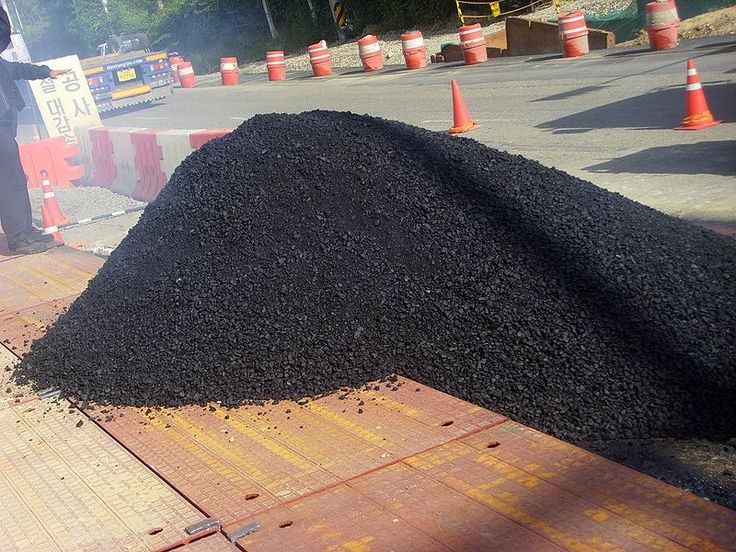
Concrete and Asphalt
Concrete and asphalt debris commonly result from demolition, roadwork, and renovation projects. These heavy materials require proper hauling and disposal to prevent site congestion. Many removal services transport concrete and asphalt to recycling facilities, where they are crushed and reused in new construction, reducing environmental impact and project costs.
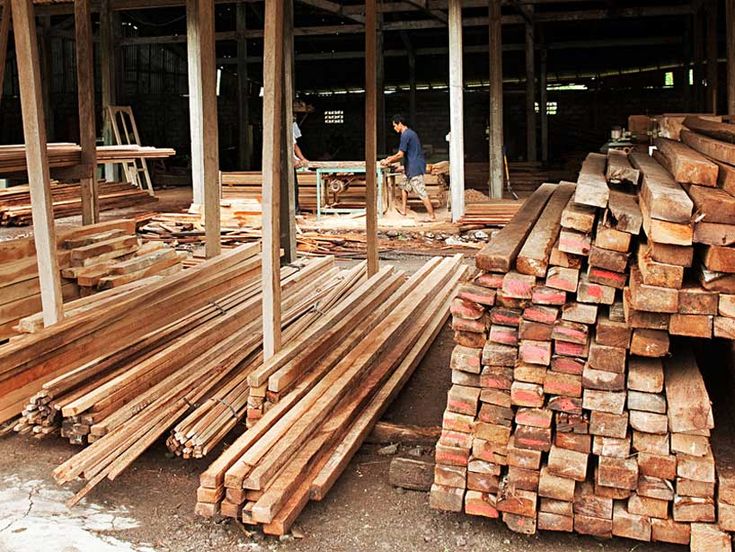
Wood and Lumber Scraps
Wood and lumber scraps are byproducts of framing, roofing, and flooring work. These materials can accumulate quickly, creating safety hazards if not managed properly. Many removal services sort and transport reusable wood for repurposing, while damaged or treated wood is safely disposed of to prevent contamination.
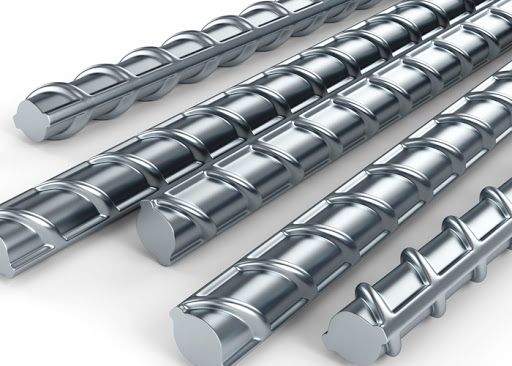
Metal and Steel
Metal and steel waste, including pipes, beams, and wiring, come from construction and demolition sites. These materials are highly recyclable, making proper disposal crucial for sustainability. Scrap metal is often processed and reused in new construction, reducing the demand for raw materials and minimizing industrial waste.
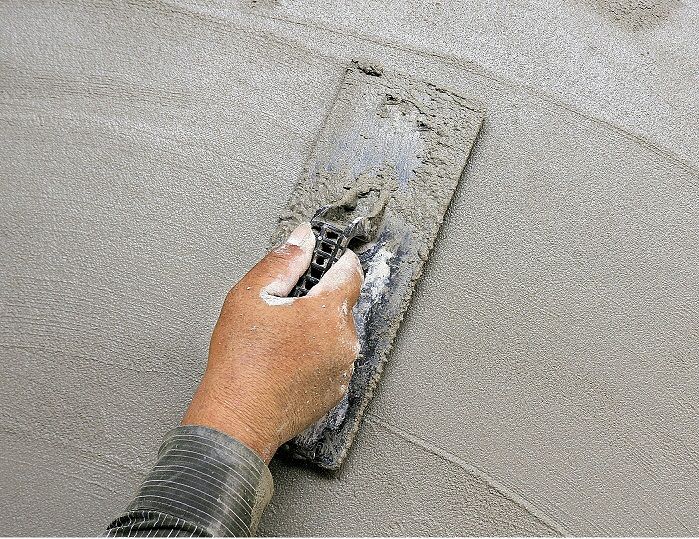
Drywall and Plaster
Drywall and plaster debris is common in interior remodeling and renovation projects. Disposing of these materials properly prevents dust pollution and landfill overflow. Some drywall waste can be recycled into new sheets or used as soil additives, promoting sustainable construction practices and reducing disposal costs.
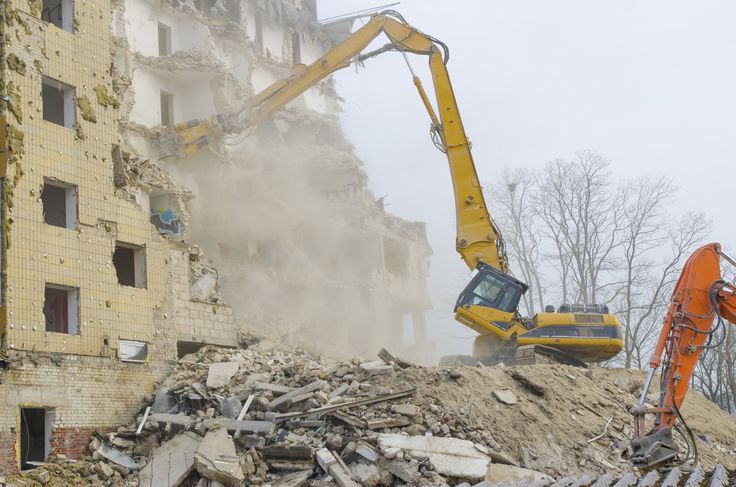
Bricks and Masonry
Bricks, stones, and masonry debris often accumulate during demolitions and renovations. These materials can be reused in landscaping, road bases, or new construction projects. Professional hauling services ensure proper transportation and recycling, reducing waste while providing eco-friendly solutions for repurposing masonry materials.
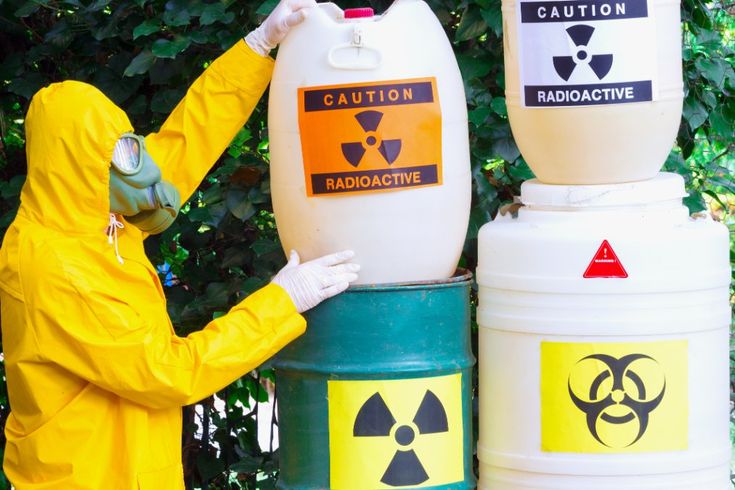
Hazardous Waste
Wood and lumber scraps are byproducts of framing, roofing, and flooring work. These materials can accumulate quickly, creating safety hazards if not managed properly. Many removal services sort and transport reusable wood for repurposing, while damaged or treated wood is safely disposed of to prevent contamination.
Debris removal is the process of collecting, hauling, and properly disposing of construction waste. This service includes removing excess materials such as concrete, drywall, bricks, wood, metal, and hazardous waste. Professional debris removal companies use dump trucks and specialized equipment to transport waste to designated recycling centers or disposal sites.
The Importance of Debris Removal in Construction
Proper debris removal provides several key benefits:
Enhances Worksite Safety: Reduces the risk of accidents caused by scattered debris.
Improves Productivity: Keeps workspaces organized and allows workers to focus on their tasks.
Ensures Environmental Compliance: Follows waste disposal regulations and promotes recycling efforts.
Saves Time and Effort: Eliminates the need for manual cleanup and multiple trips to disposal sites.
Supports Sustainable Practices: Encourages responsible waste management and minimizes landfill contributions.
Types of Construction Debris Removed
A professional debris removal service can handle a variety of waste materials, including:
Concrete and Asphalt: Leftover from demolition and roadwork projects.
Wood and Lumber Scraps: Remnants from framing, roofing, and flooring.
Metal and Steel: Used pipes, beams, and wiring from construction or demolition.
Drywall and Plaster: Excess or damaged materials from interior projects.
Bricks and Masonry: Broken bricks and stones from building renovations.
Hazardous Waste: Includes old insulation, lead-based materials, and chemicals requiring special handling.
How Debris Removal Works
The debris removal process involves several key steps to ensure efficient and eco-friendly waste management:
On-Site Assessment: The removal team evaluates the type and volume of debris to determine the best disposal method.
Collection and Sorting: Waste is gathered, separated, and categorized for recycling or disposal.
Loading and Transport: Trucks haul the debris to landfills, recycling facilities, or donation centers.
Responsible Disposal: Hazardous materials are disposed of safely, while recyclables are processed accordingly.
Final Cleanup: Some services offer post-removal site cleaning to leave the worksite spotless.
Choosing a Reliable Debris Removal Service
When selecting a debris removal provider, consider the following factors:
Experience and Reliability: Look for a company with a proven track record in construction waste management.
Eco-Friendly Practices: Choose a service that prioritizes recycling and responsible waste disposal.
Proper Equipment and Fleet: Ensure they have the right trucks and tools for efficient debris removal.
Cost Transparency: Avoid hidden fees and get upfront pricing based on the volume of waste.
Customer Reviews: Read testimonials to gauge service quality and reliability.
Environmental Impact of Proper Debris Removal
Sustainable waste management is essential for minimizing environmental damage. Here’s how professional debris removal contributes to eco-friendly practices:
Recycling Materials: Concrete, metal, and wood can be repurposed for new projects.
Reducing Landfill Waste: Sorting and recycling keep unnecessary materials out of landfills.
Proper Hazardous Waste Disposal: Ensures that toxic materials don’t harm the environment.
Energy Conservation: Recycling reduces the demand for new raw materials, saving energy and resources.
Debris removal is a vital service that ensures construction sites remain safe, efficient, and environmentally responsible. Whether you’re dealing with demolition waste, construction scraps, or hazardous materials, professional debris removal saves time, reduces risks, and promotes sustainability. By choosing a trusted hauling service, you can keep your project on track while meeting all safety and environmental standards.
get in touch with us
Our office
- 07 Arbor crest BLVD. Antioch, Tennessee, United States
- +1 (615) 414 - 0775
- Dinkinscontractors615@gmail.com

Monday – Friday: 8:00 AM – 6:00 PM
Saturday: 9:00 AM – 3:00 PM
Sunday: Closed
